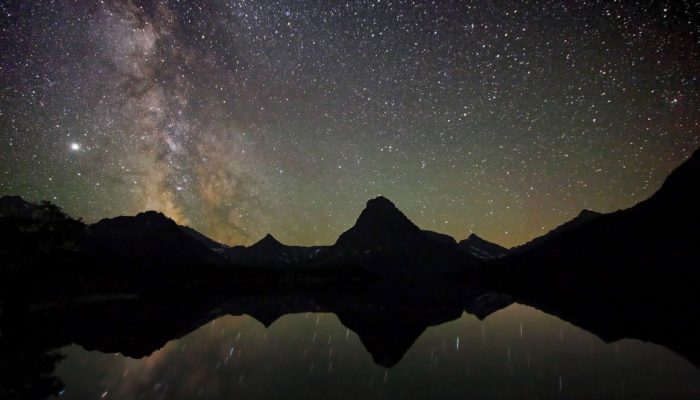Have you already encountered data questions such as: What data should I archive? What is FAIR? How do I write a good data management plan? or What does Open Science mean in practice? The Open Science & Data Help Desk is here for you at EGU24 in the Exhibition Hall X2 at #X212 and online! The Open Science & Data Help Desk features resources that can help researchers make their data and soft ...[Read More]
GeoRoundup: the highlights of EGU Journals published during March!
Each month we feature specific Divisions of EGU and during the monthly GeoRoundup we put the journals that publish science from those Divisions at the top of the Highlights roundup. For March as we approach the General Assembly we are not highlighting any specific Division, so this month our GeoRoundup Journals will be alphabetical! Highlights Atmospheric Chemistry and Physics: Observations ...[Read More]
How to make your EGU24 presentation accessible!
Most people spend a lot of time and effort making their presentation engaging and impactful, but how much time to you spend making sure it is accessible!? An accessible presentation takes into account the diverse backgrounds and abilities of the audience, to support a better understanding and of the message and information you are trying to share. This is particularly important for scientific rese ...[Read More]
Imaggeo On Monday: the EGU Photo Competition – 3 DAYS LEFT!
We are so excited for your images to show us other ways of experiencing this wonderful planet and our place in the wider dance of our solar system, in the EGU24 Photo Competition just like one of our first ever winners, Christian Klepp did with this gorgeous image ‘Patterns in the Void’ in 2010. Remember your image can be of anything, even a gif or a video, and can have been captured a ...[Read More]




